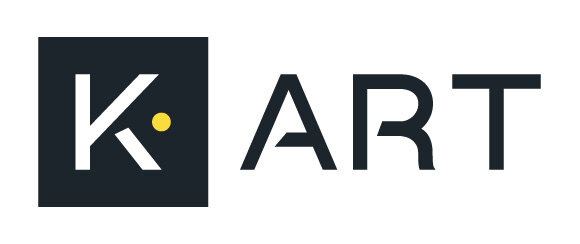Ledger Art
Ledger art is a category of Native American art representing works from predominantly Plains Indians, which flourished from the 1860s to the 1920s. Works shown in Moving East represent a revival of ledger art by contemporary Native artists using both historical and modern themes.
“Ledger art” is derived from the accounting ledger books that were a common source of paper for Plains Indians during the late 19th century. Before that time, Plains Indians often used buffalo hides to draw and paint upon. Due to the destruction of the buffalo herds of the Great Plains by settlers and the U.S. government, Indian artists turned to readily available accounting ledger books cast off by settlers. This transition exemplifies both the resourcefulness of Native people and their adaptability to the colonized destruction of their environment.
Historically, ledger art depicted moments of battle, religious practices, and even European Americans and their new technologies. These illustrations, often lacking any background visuals, primarily consisted of simple, black-outlined subjects filled in with full color. And while this genre is often seen as a dated art form, many artists now utilize the medium to continue past conversations and say something new.
Terran Last Gun (Piikani) is one of two emerging participants in Moving East working with ledger paper. With papers dating from 1903 and 1904, all documenting unique transactions in cursive, Last Gun recalls Blackfeet painted lodges. Only about 10% of tipis were painted as for a home to be decorated was a distinguished high honor, not to mention the difficulty of obtaining pigments. This medium was passed down to him from his father, and Terran’s experience with it is relatively new. Despite this new avenue, his application of color and its relationship with shapes seamlessly transitions from his printmaking background.
Henry Payer is another emerging artist participating in our Spring exhibition. In contrast, Last Gun approaches the ledger paper with a colored pencil, Payer pieces together images from various media. Often incorporating found items, he very intricately cuts and adheres different silhouettes to create cohesive works highlighting the Ho-Chunk nation, all on ledger paper. With some papers dating back to the late 19th century, his utilization is more discreet but still as impactful as the foundation base for his collages. His meticulously crafted Winnebago RV – his symbol for the Ho-Chunk Winnebago Tribe of Nebraska – continues this common representation thread.

